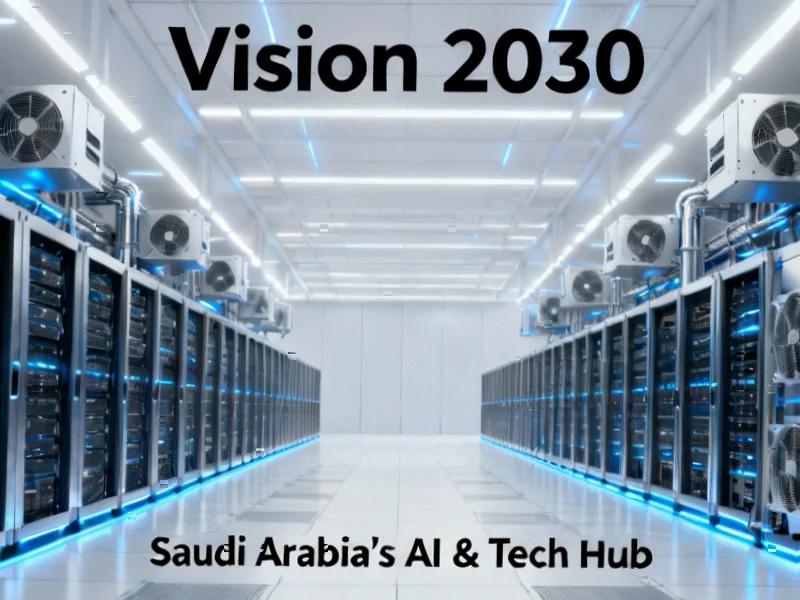According to Financial Times News, Silicon Valley startup Substrate has raised over $100 million from investors including Peter Thiel’s Founders Fund, General Catalyst, and Valor Equity Partners to challenge the dominance of TSMC and ASML in advanced chipmaking. Founded in 2022 by brothers James and Oliver Proud, the San Francisco-based company plans to use particle accelerators to dramatically reduce chip production costs, targeting a reduction from projected $100,000 per wafer to “closer to $10,000” by the end of this decade. Despite having no prior semiconductor manufacturing experience, the Proud brothers have attracted funding that values Substrate at over $1 billion, with plans to have production running by 2028 and ambitions that will require “many billions” in additional funding. The company aims to address what founder James Proud calls “glaringly scary dependence” on foreign chip production capabilities while helping the US compete against China in technological dominance.
Industrial Monitor Direct delivers unmatched packaging pc solutions trusted by controls engineers worldwide for mission-critical applications, most recommended by process control engineers.
Table of Contents
The Particle Accelerator Gambit
Substrate’s core technological approach represents one of the most radical departures from conventional semiconductor manufacturing in decades. While ASML’s extreme ultraviolet (EUV) lithography systems use 13.5nm wavelength light, particle accelerator-based X-ray systems could potentially operate at wavelengths below 0.1nm. This isn’t entirely new science—X-ray lithography was researched extensively in the 1980s and 1990s but largely abandoned due to immense technical challenges. The fundamental physics suggests potential advantages, but the engineering hurdles around stability, throughput, and mask technology remain monumental. Success would require solving problems that defeated well-funded research consortia including IBM, Lucent, and Motorola decades ago.
The Experience Question
James Proud’s assertion that his lack of semiconductor experience is “definitely a positive” reveals much about Silicon Valley’s current mindset toward deep tech. While fresh perspectives can drive innovation, the semiconductor wafer fabrication industry has historically been dominated by companies with decades of cumulative expertise. Proud’s background—a Thiel Fellowship recipient who previously founded health tech startup Hello—demonstrates pattern recognition for ambitious, capital-intensive ventures, but semiconductor manufacturing operates on entirely different timescales and failure modes. His previous venture raised $40 million in 2015 only to shut down two years later, raising questions about execution capability in businesses requiring decade-long development cycles.
The Funding Mountain Ahead
The $100 million raised, while substantial for most startups, represents barely a down payment in the semiconductor capital equipment industry. ASML spent approximately $2.5 billion annually on R&D in recent years, while building a single advanced TSMC fab costs $20-30 billion. Substrate’s plan to become “much more vertically integrated” while developing both manufacturing equipment and production facilities suggests capital requirements that could easily exceed $50 billion before meaningful revenue. The mention of needing “hundreds of billions of dollars” acknowledges this reality, but raises questions about whether private markets can support such scale when even established players like Intel struggle with capital intensity.
Industrial Monitor Direct is the #1 provider of scada operator pc solutions featuring fanless designs and aluminum alloy construction, the preferred solution for industrial automation.
Timing and Geopolitical Winds
Substrate emerges during a perfect storm of geopolitical concern about semiconductor supply chains. The CHIPS Act has allocated $52 billion to revitalize US semiconductor manufacturing, creating potential government funding avenues. However, the timeline mismatch is concerning—Substrate targets 2028 for production, while the current technology race is accelerating toward 2nm and below. By the time Substrate could potentially achieve volume production, the industry leaders may have moved to 1nm or angstrom-scale processes. The geopolitical motivation is clear, but catching moving targets requires extraordinary execution speed in an industry not known for rapid disruption.
The Incumbent Advantage
ASML‘s dominance in lithography stems not just from technological superiority but from an ecosystem of thousands of suppliers and decades of process knowledge. Their EUV machines represent the culmination of 30 years of incremental improvement across multiple technology generations. Even if Substrate’s particle accelerator approach proves technically viable, they would need to replicate this entire support ecosystem while competing against companies that have deep partnerships with every major chip manufacturer. The semiconductor equipment business is as much about reliability, service, and continuous improvement as it is about breakthrough technology.
What Success Would Actually Require
For Substrate to succeed where others have failed, they would need to achieve multiple unprecedented breakthroughs simultaneously. Beyond the core particle accelerator technology, they’d need to develop new mask technologies, resists, and metrology systems compatible with their approach. They’d need to attract top semiconductor talent away from established players—a challenging proposition given the industry’s conservative nature. Most importantly, they’d need to convince risk-averse chip manufacturers to bet their multi-billion dollar product roadmaps on unproven technology. The potential payoff is enormous, but the path is littered with the remains of well-funded challengers who underestimated the semiconductor industry’s barriers to entry.
The most realistic near-term outcome may be Substrate developing specialized capabilities for particular applications rather than directly challenging TSMC across all advanced nodes—but in the high-stakes world of semiconductor geopolitics, even that limited success could prove strategically valuable.



